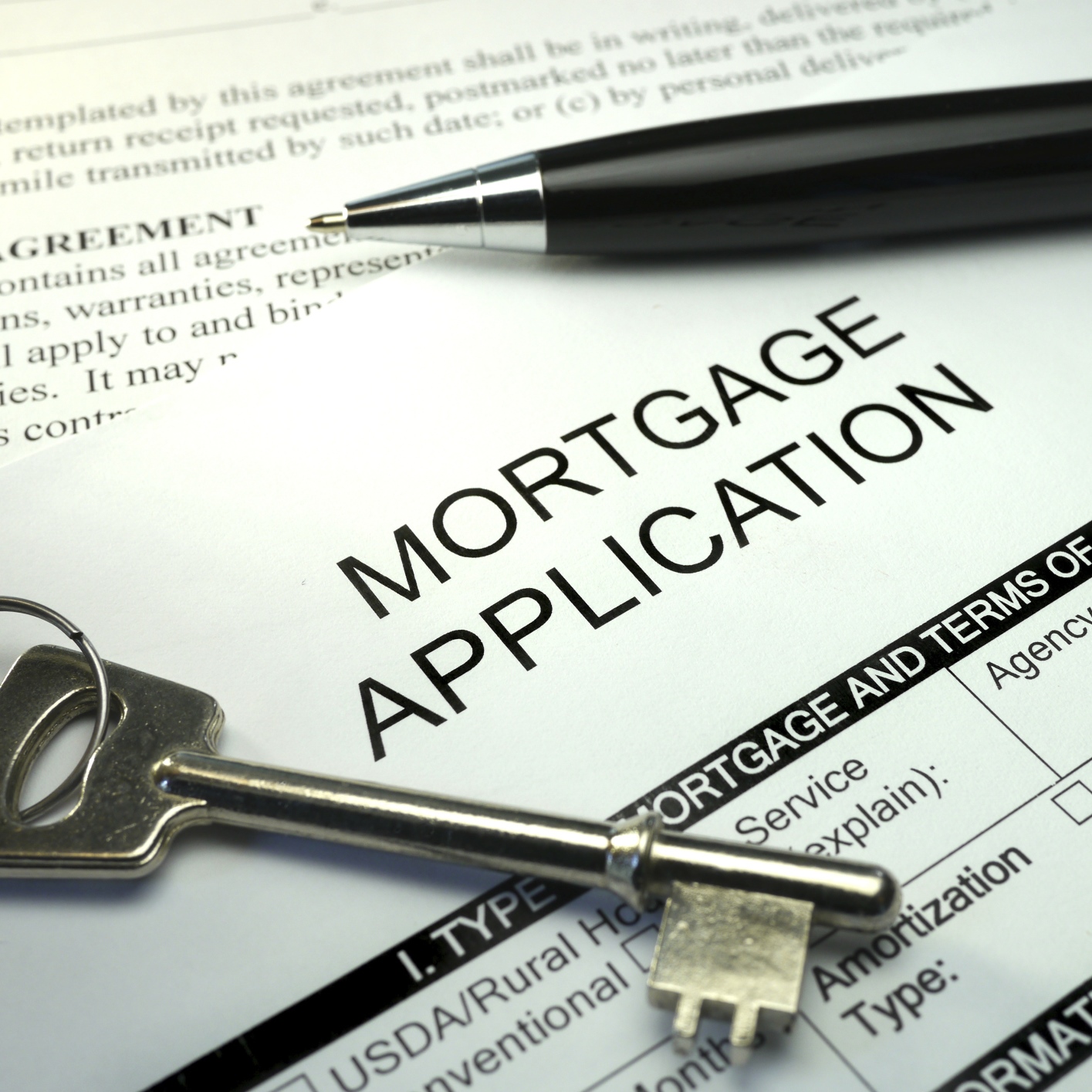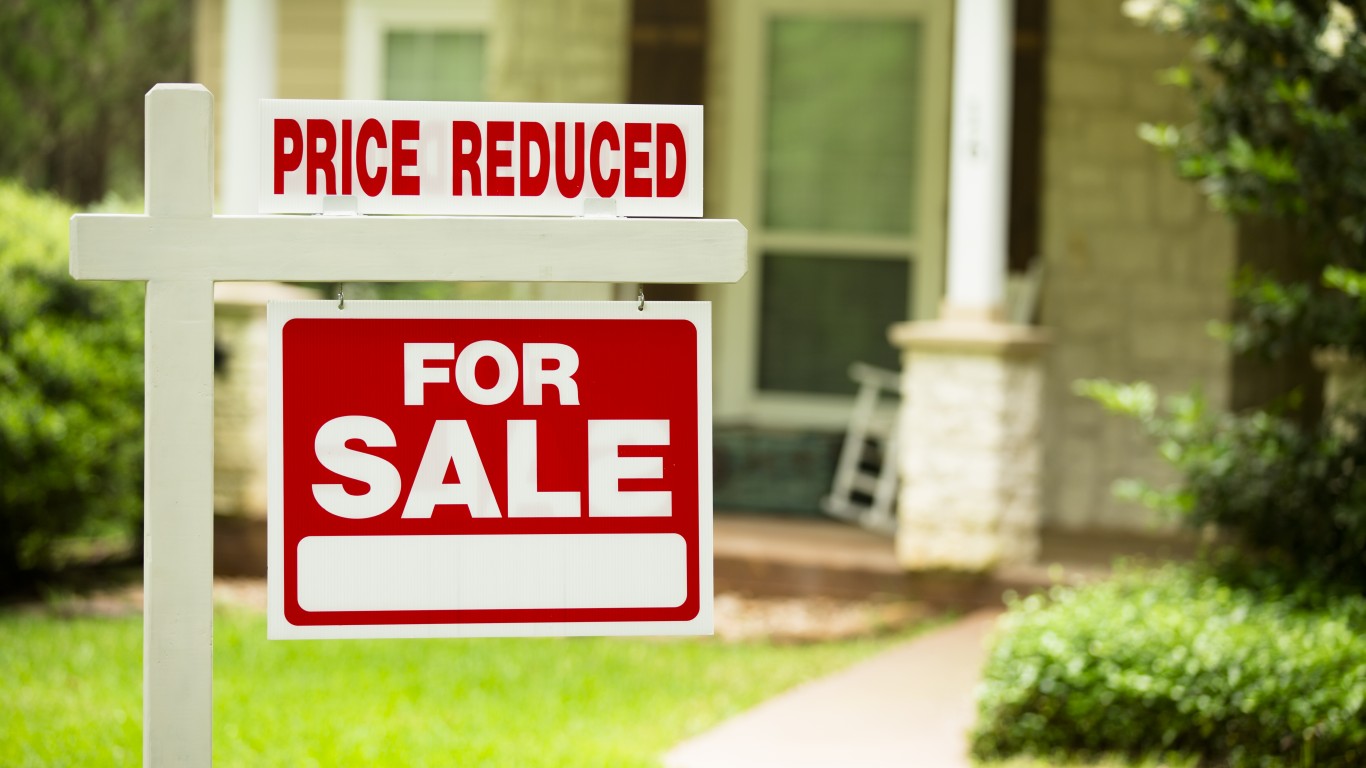
The national mortgage application fraud risk index rose from 135 in the third quarter of 2017 to 138 in the fourth quarter, according to researchers at CoreLogic. In the fourth quarter of 2016, the index reading was 122.
CoreLogic’s mortgage fraud risk index is calculated from the aggregation of individual loan application fraud risk scores during the prior quarter. Score compilations are calculated for the 100 most populated U.S. Census Bureau Core Based Statistical Areas (CBSAs) in the United States.
Refinance risk rose from 38% in the third quarter to 42%, which would typically indicate a lower overall fraud risk index score. CoreLogic noted the following factors responsible for the unusual move:
- The share of loans originated through wholesale channels has been rising for the last four quarters. It stood at 5.3% in Q4 2016, and increased 58% over the year to 8.4% as of Q4 2017.
- Delayed flips (12 months or longer) with substantial price increases rose by more than 10% from the prior quarter.
- The share of purchase loans where the seller is a non-individual (such as an LLC) also rose by more than 10% from the prior quarter.
- The share of loans on properties that experienced a distress event in the last 3 years rose by more than 6% from the prior quarter.
The 15 metro areas with the highest mortgage fraud risk are:
- Miami-Fort Lauderdale-West Palm Beach, Florida: 253
- Springfield, Massachusetts: 248
- New York-Newark-Jersey City, NY-NJ: 245
- Wichita, Kansas: 226
- Memphis, TN-MS-AR: 217
- Deltona-Daytona Beach-Ormond, Florida: 214
- Columbia, South Carolina: 207
- Tampa-St. Petersburg-Clearwater, Florida: 193
- Los Angeles-Long Beach-Anaheim, California: 193
- Buffalo-Cheektowaga-Niagara Falls, New York:193
- El Paso, Texas: 192
- Augusta, Richmond County, GA-SC: 191
- Orlando-Kissimmee-Sanford, Florida: 188
- Oklahoma City, Oklahoma: 181
- Albuquerque, New Mexico: 180
Mortgage fraud can take many forms. The basic motive behind most of the borrower-initiated fraud is an attempt to qualify for a mortgage that would otherwise be unavailable. Inflating an appraisal in an attempt to get a mortgage for more than a property is worth or claiming income or assets that a borrower does not have are just two examples.
Borrowers themselves may also be the target of scams seeking to defraud them with loan modification programs or even Ponzi schemes. Promises to rescue a borrower from a foreclosure can leave a beleaguered homeowner in even worse financial shape.
The CoreLogic Mortgage Fraud Report analyzes the collective level of loan application fraud risk the mortgage industry is experiencing each quarter. CoreLogic develops the index based on residential mortgage loan applications processed by CoreLogic LoanSafe Fraud Manager, a predictive scoring technology. The report includes detailed data for six fraud type indicators that complement the national index: identity, income, occupancy, property, transaction, and undisclosed real estate debt.
Take Charge of Your Retirement: Find the Right Financial Advisor For You in Minutes (Sponsor)
Retirement planning doesn’t have to feel overwhelming. The key is finding professional guidance—and we’ve made it easier than ever for you to connect with the right financial advisor for your unique needs.
Here’s how it works:
1️ Answer a Few Simple Questions
Tell us a bit about your goals and preferences—it only takes a few minutes!
2️ Get Your Top Advisor Matches
This tool matches you with qualified advisors who specialize in helping people like you achieve financial success.
3️ Choose Your Best Fit
Review their profiles, schedule an introductory meeting, and select the advisor who feels right for you.
Why wait? Start building the retirement you’ve always dreamed of. Click here to get started today!
Thank you for reading! Have some feedback for us?
Contact the 24/7 Wall St. editorial team.
 24/7 Wall St.
24/7 Wall St.



